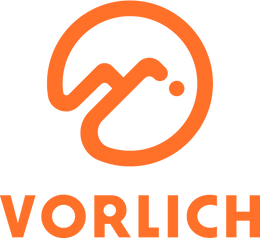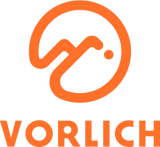The Role of Iron in Endurance Athletes' Diets and How to Get Enough
Endurance athletes are always on the lookout for that extra edge, seeking ways to enhance their performance and recovery. One critical component often overlooked is **iron**—a vital mineral that plays a significant role in the diet of endurance athletes. This article delves into why iron is indispensable, how athletes can maintain adequate levels, and the best dietary sources to ensure optimal intake.
- The Importance of Iron for Endurance Athletes
- Symptoms of Iron Deficiency
- Daily Iron Requirements
- Best Dietary Sources of Iron
- Tips to Enhance Iron Absorption
- Monitoring and Supplementation
The Importance of Iron for Endurance Athletes
Iron is a crucial mineral that assists in numerous bodily functions, most notably the formation of hemoglobin, which transports oxygen in the blood. For endurance athletes, maintaining adequate iron levels is essential for optimal **oxygen delivery** to muscles, enhancing endurance and recovery. A deficiency can lead to decreased performance and fatigue.
Symptoms of Iron Deficiency
Athletes need to be aware of the signs of iron deficiency, which can include:
- **Fatigue and weakness**
- Shortness of breath during workouts
- Pale skin and dizziness
- Brittle nails and frequent infections
If you experience these symptoms, it’s crucial to consult a healthcare provider for proper diagnosis and treatment.
Daily Iron Requirements
The recommended daily intake of iron varies based on age and gender. Endurance athletes may require more to compensate for iron lost through sweat and other means:
- **Adult men and post-menopausal women**: 8 mg per day
- **Premenopausal women**: 18 mg per day
- **Athletes**: May benefit from taking up to 30% more than the standard RDA
Best Dietary Sources of Iron
Iron can be obtained from various dietary sources, but it's necessary to include both heme and non-heme iron in your diet:
Heme Iron Sources
- **Red meat**
- Poultry
- Fish and shellfish
Non-Heme Iron Sources
- Leafy green vegetables
- Legumes like lentils and chickpeas
- Fortified cereals and grains
Tips to Enhance Iron Absorption
Maximizing iron absorption is as important as consuming enough iron. Here are some tips:
- Consume vitamin C-rich foods alongside iron-rich meals to enhance absorption.
- Avoid coffee or tea with meals, as tannins can inhibit iron absorption.
- Cook with cast iron pans, which can increase iron content in food.
Monitoring and Supplementation
Regular monitoring of iron levels through blood tests can help athletes maintain appropriate iron stores. Supplementation should be considered only under medical guidance, as excess iron can have adverse effects.
In conclusion, ensuring adequate iron intake is crucial for endurance athletes aiming to maintain peak performance levels. By understanding the role iron plays and adopting dietary strategies to boost absorption, athletes can support their training regimes effectively. Stay informed and consult with healthcare professionals to tailor a plan that meets your individual needs.
```
